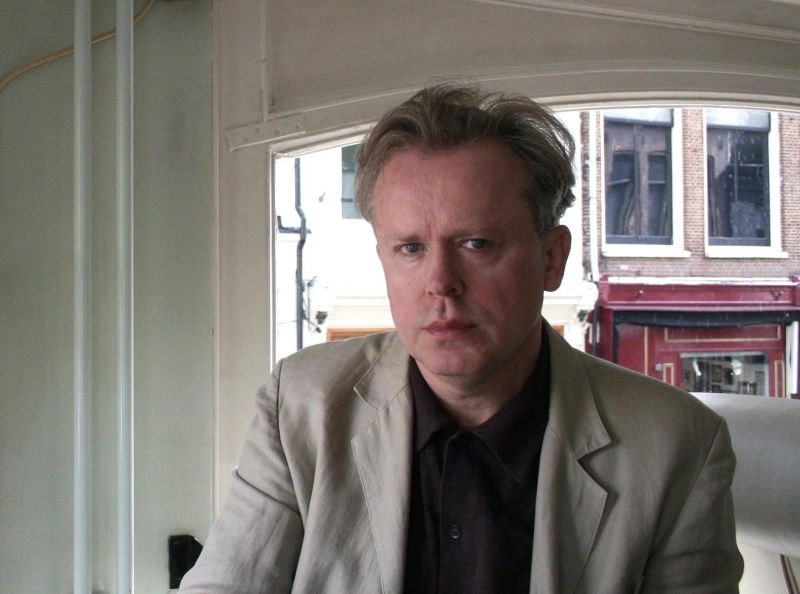Roland Schefferski – Artistic Strategies for Cultural Memory
Mediathek Sorted
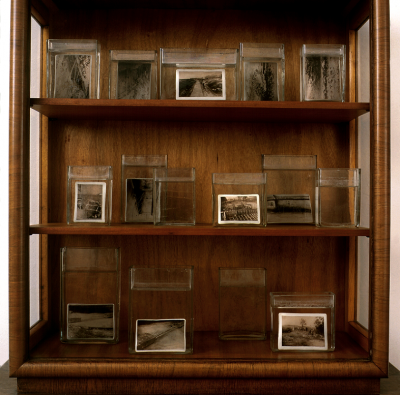
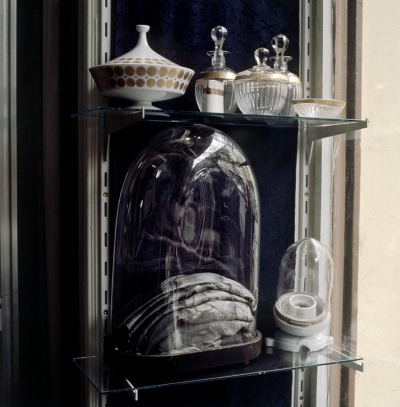
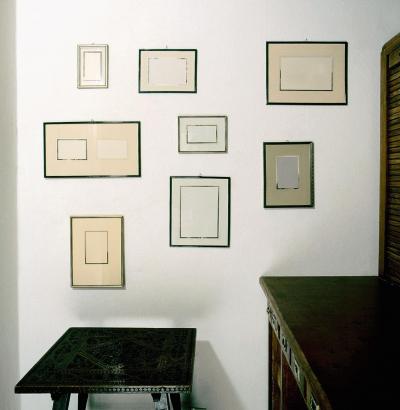
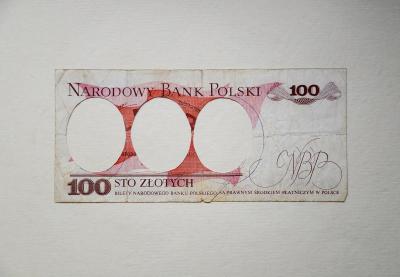
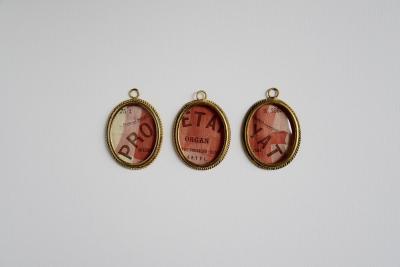
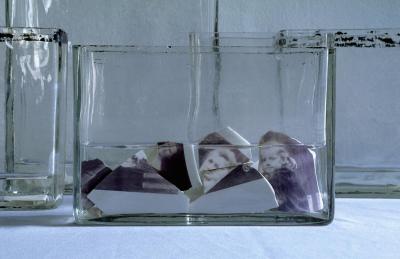
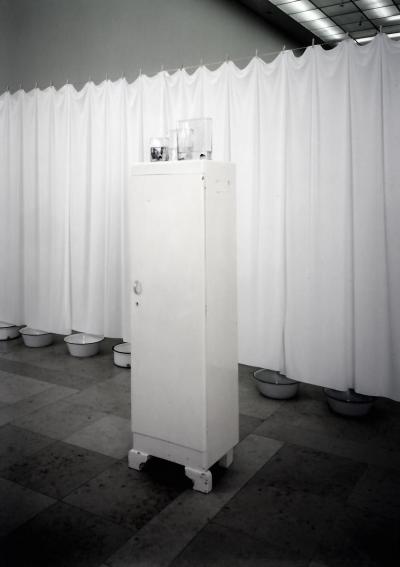
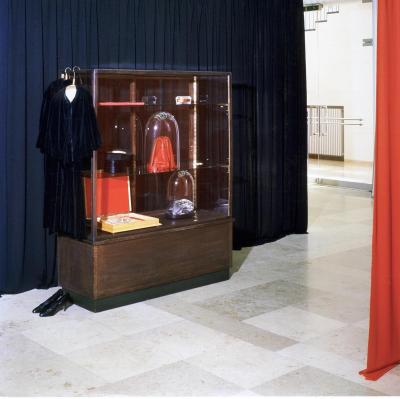
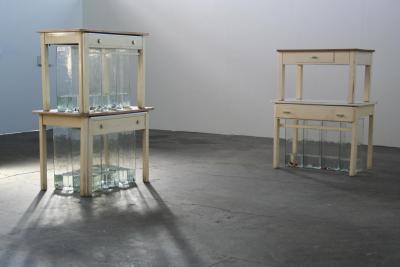
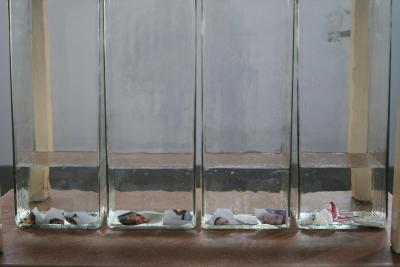

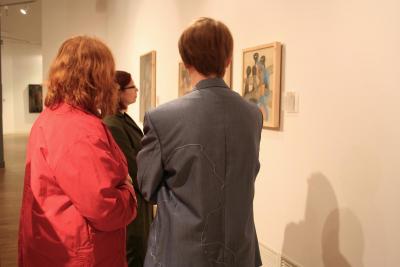
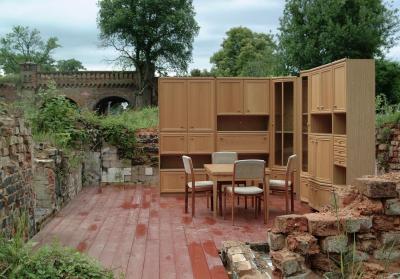
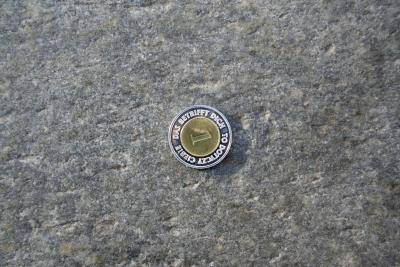
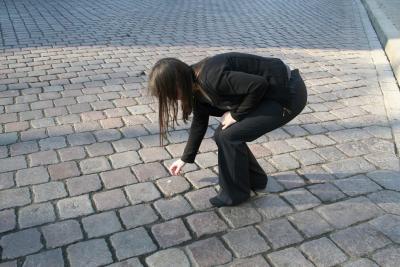
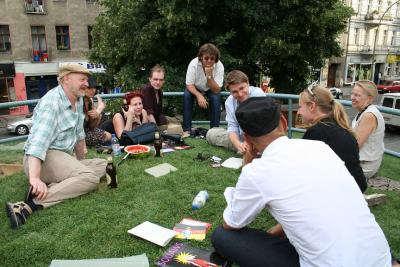

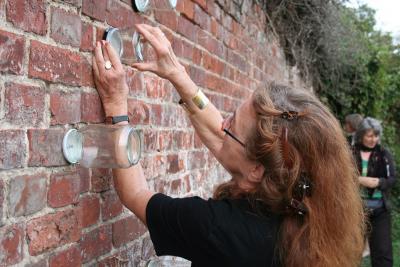
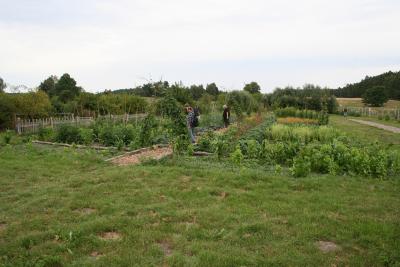
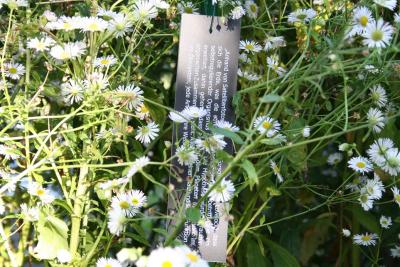
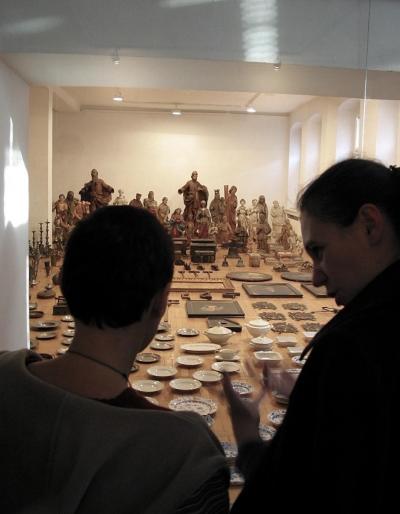
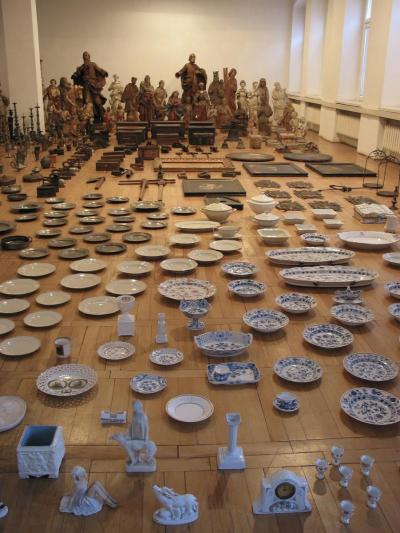
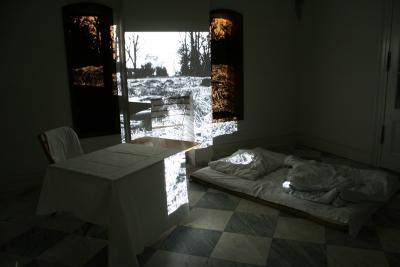
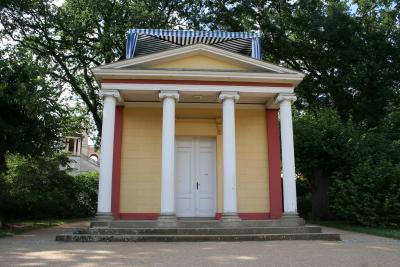
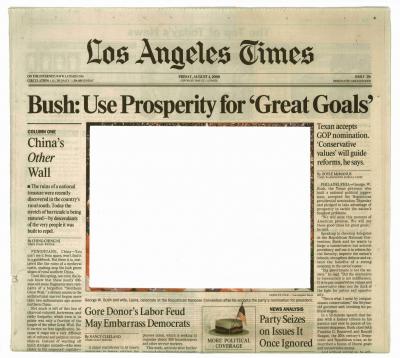
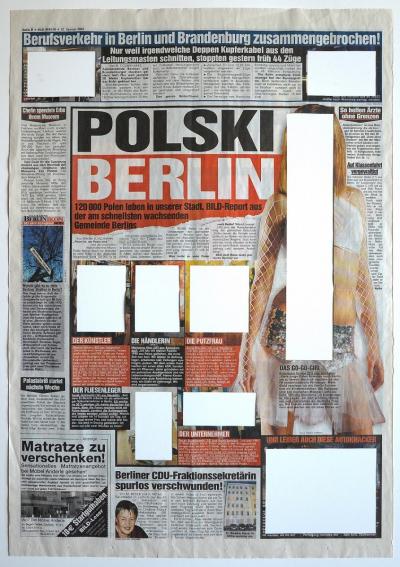

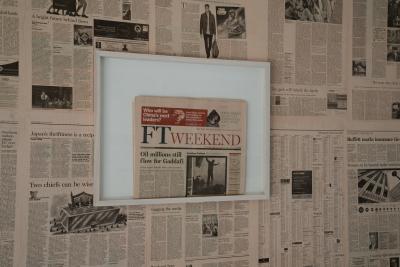
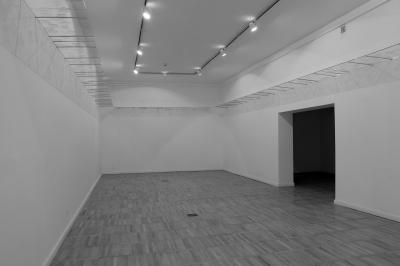
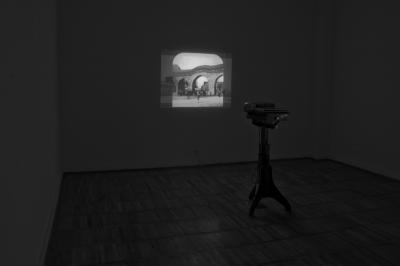
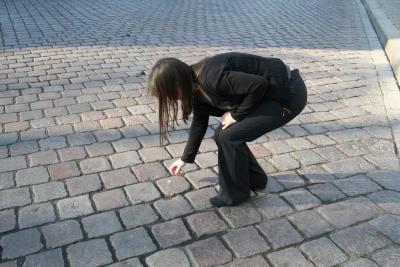
Simone Froboese: Roland Schefferski
































His installations in public places stimulate viewers to discuss their perceptions of specific places. He “revived” the ruins of the old town centre of Küstrin/Kostrzyn with furnishings and furnishings from a domestic lounge along with a sound installation of conversations between a German and a Polish family (ill. 10). His 2006 installation What does a Fir Tree do (ill. 13 a, b) in the former Steinhöfel mansion garden questions our dealings with nature and offers visitors the chance to leave their own objects. In his intervention Our Garden (2008) in a newly laid farm garden in Zempow (ill. 14 a, b) he installed critical comments from an Internet forum on the same theme and set them in relationship to the forecast of “flourishing landscapes” in the “new” (i.e. East German) federal states. Two of his interventions have social and political backgrounds: This Concerns You /To dotyczy ciebie (2005) in Frankfurt (Oder) and Słubice (ill. 11 a, b), as well as Money isn’t Everything/Pieniądze szczęścia nie dają (2009) in Warsaw. Here he deliberately removed the slogans stamped into coins in order to stimulate passers-by who found them to think more about their common European future and the state of society in the global market economy.
Two projects are linked to his artistic exploration of cultural memory at the end of the 1990s. In 2003 he presented an exhibition entitled Inwentaryzacja/Inventory in the Lebuser Landesmuseum in Zielona Góra, (formerly Grünberg), which featured cultural and historical objects of German origin from the museum’s stocks (ill. 15 a, b). Here Schefferski was not so much interested in documenting the objects themselves, as in making an “inventory” of thoughts and reflections triggered off in the minds of German and Polish visitors. One of the questionnaires he organised confirmed the presence of these objects in the cultural memory of both groups of visitors. True, a forum with invited artists, cultural managers and academics brings “polemics, emotions and national pride” to the surface, but this “always leads back to art and the personal level of human experience”. In 2009 Schefferski presented a slideshow entitled reKonstruktion in the recently restored Pomona temple beneath the Belvedere on the Pfingstberg in Potsdam. The show featured images of Schinkel’s monument which had been destroyed during the Second World War (ill. 16 a, b), in order to enable visitors to access their cultural memory of what had happened in this particular place during the war.
In 2000 Schefferski started work on a hitherto unfinished series of works entitled Empty Images, which is formally connected to his Wiped out images created in 1997/98. The new work centres on the manipulative character of media images. The artist cut out images from the front pages of the Los Angeles Times, the Berliner Zeitung and Bild (ill. 17 a, b), in order to indicate that these images not only illustrate the text in question but can also influence the content. In his works with the Financial Times newspaper, shown in 2012 in the eponymous installation in the Collegium Polonicum in Słubice, he displayed deeper levels of the newspaper in order to confront the images at the back with the text on the front page (ill. 18 a, b).
In 2011 Schefferski received an offer from the Lebuser Landesmuseum to make an artistic work based on a collection of 1,200 slides from the Jewish Museum in Berlin which the Nazis closed down in 1938. His exhibition focussed on photographic memorials to Jewish culture and images of Jewish everyday life after the Nazi had almost completely annihilated them from the cultural memory of Germans and Polish people. In an initial action he added a huge amount of copies of photographs into books that could be normally borrowed from the municipal lending libraries in Frankfurt (Oder), Guben, Słubice, Stettin/Szczecin, Zielona Góra and Zittau. The aim was to reacquaint users once more with images of Jewish culture, without making a commentary on them. In 2012 he created an installation in two rooms of the Lebuser Landesmuseum entitled From the Lives of Europeans. In a so-called “Think Room” that was normally empty he presented 1200 empty glass sheets on a glass shelf running beneath the ceiling in order to draw people’s attention to the lack of these images in collective memories. In the second room he presented a slideshow of historic photographs (ill. 19 a, b, c). Within the space of one and a half decades he has created a group of works featuring various levels of “wiped out”, “empty” and missing images from photographic media that are the central object of cultural and collective memory.
Schefferski’s various work cycles focus on the extent to which images have an influence on the process of memory, and which forms of media imagery, cultural and collective memory are constantly subject to manipulation. In doing so the artist distances himself from official memory culture as practised on Memorial Days and in places of mourning. Since his early objects and environments he has rather offered building blocks and strategies to restore forgotten and repressed events to our collective consciousness.
Axel Feuß, June 2015





















































































